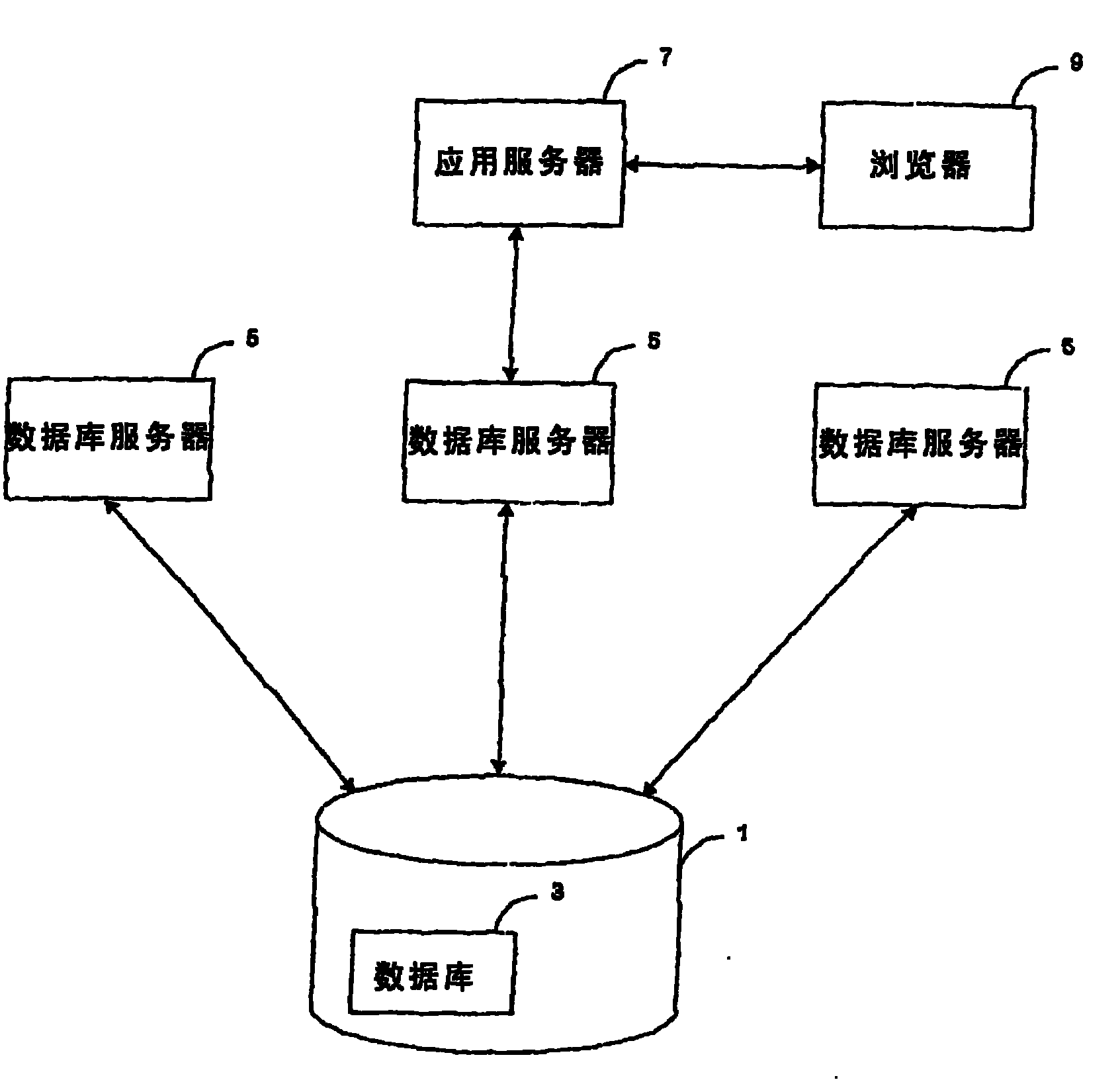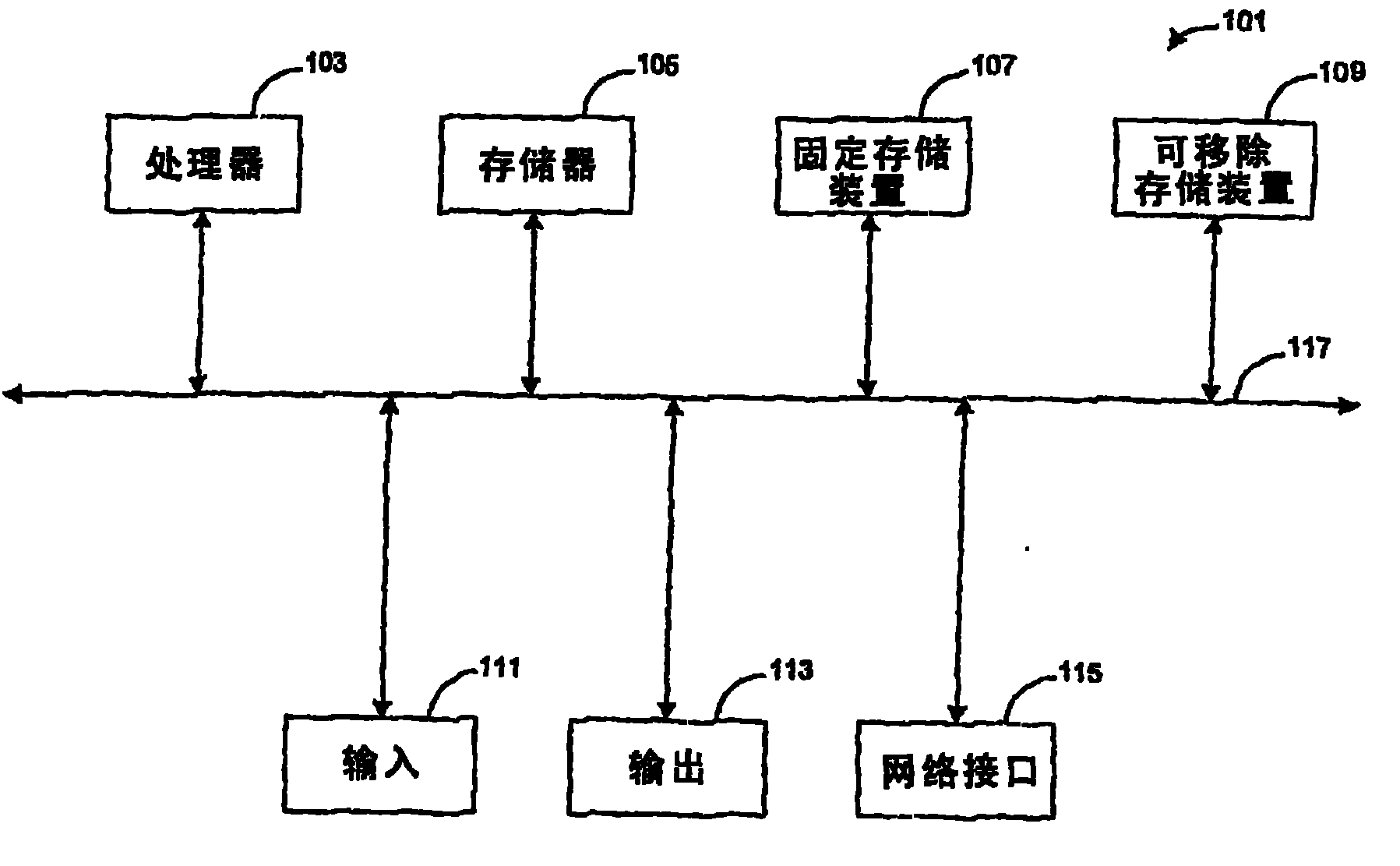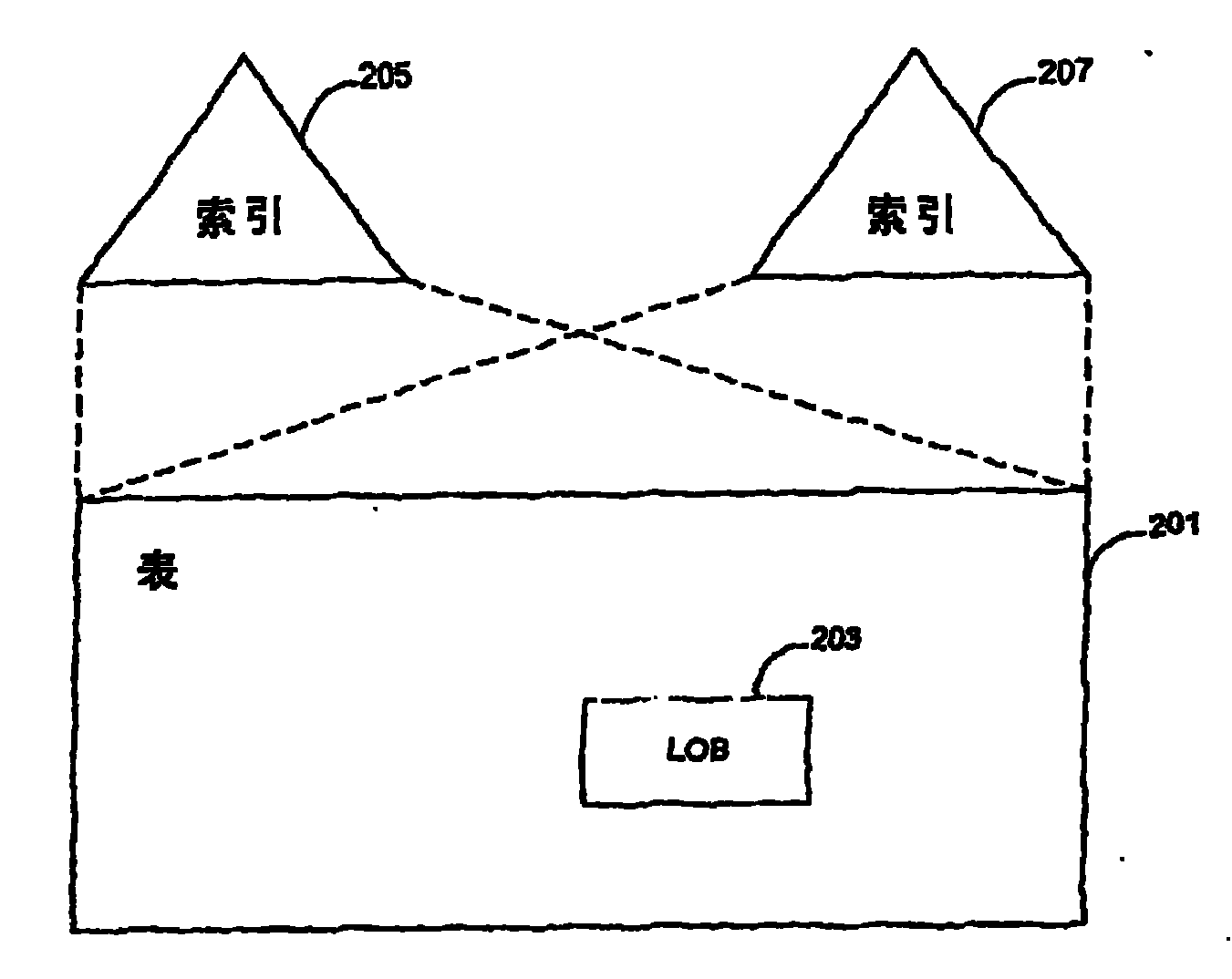Undrop objects and dependent objects in a database system
A database and object technology, applied in the field of computer systems, can solve the problem that the database cannot exclude new transactions, time-consuming, etc.
- Summary
- Abstract
- Description
- Claims
- Application Information
AI Technical Summary
Problems solved by technology
Method used
Image
Examples
Embodiment Construction
[0020] In the following description, the invention will be described with reference to an embodiment that restores objects and dependent objects in a database environment. However, embodiments of the invention are not limited to any particular architecture, environment, application or implementation. For example, although an exemplary three-tier architecture for a database management system will be described, the present invention can be readily applied to database applications or architectures as well. Accordingly, the following description of the embodiments is for purposes of illustration and not limitation.
[0021] A very common database management system architecture is as follows figure 1 The three-tier architecture shown. At the heart of the database management system is the central storage device 1 which stores the database 3 . The database 3 is typically stored on one or more hard disks, and the database 3 is typically part of a larger computer system. Informati...
PUM
 Login to View More
Login to View More Abstract
Description
Claims
Application Information
 Login to View More
Login to View More - R&D
- Intellectual Property
- Life Sciences
- Materials
- Tech Scout
- Unparalleled Data Quality
- Higher Quality Content
- 60% Fewer Hallucinations
Browse by: Latest US Patents, China's latest patents, Technical Efficacy Thesaurus, Application Domain, Technology Topic, Popular Technical Reports.
© 2025 PatSnap. All rights reserved.Legal|Privacy policy|Modern Slavery Act Transparency Statement|Sitemap|About US| Contact US: help@patsnap.com



